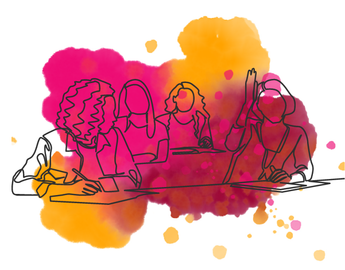Additional resources for designing a blended learning course
Different resources can be used to evaluate the quality of the blended course. Thoughtful integration of technology in the blend should be evaluated at different levels of course design, from a single learning activity to the overall course, in terms of improving student engagement, knowledge accessibility and retention.




